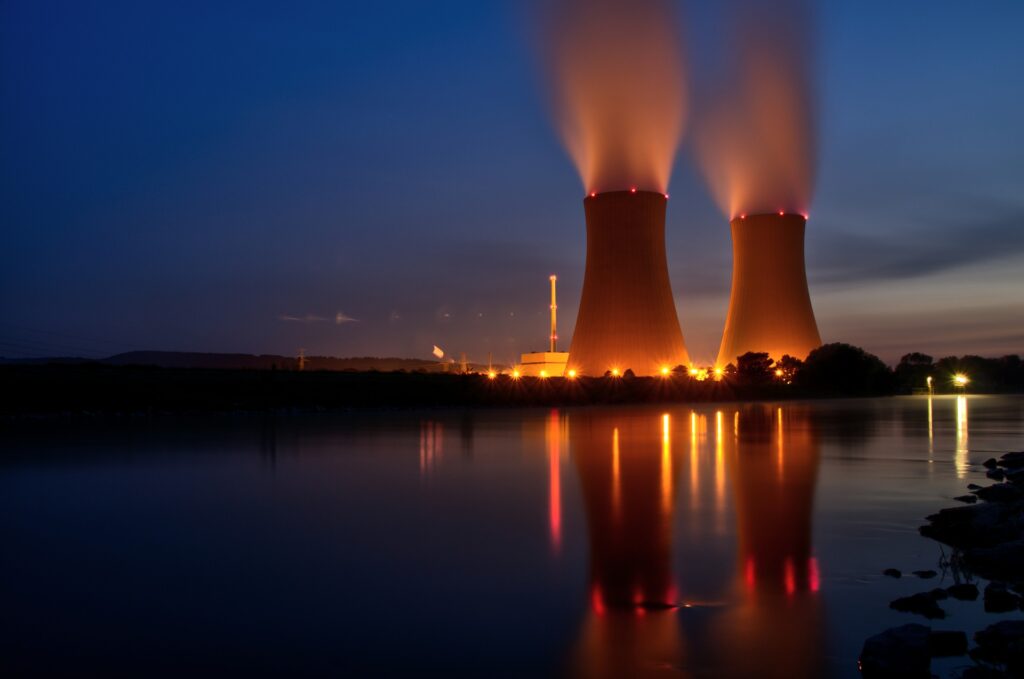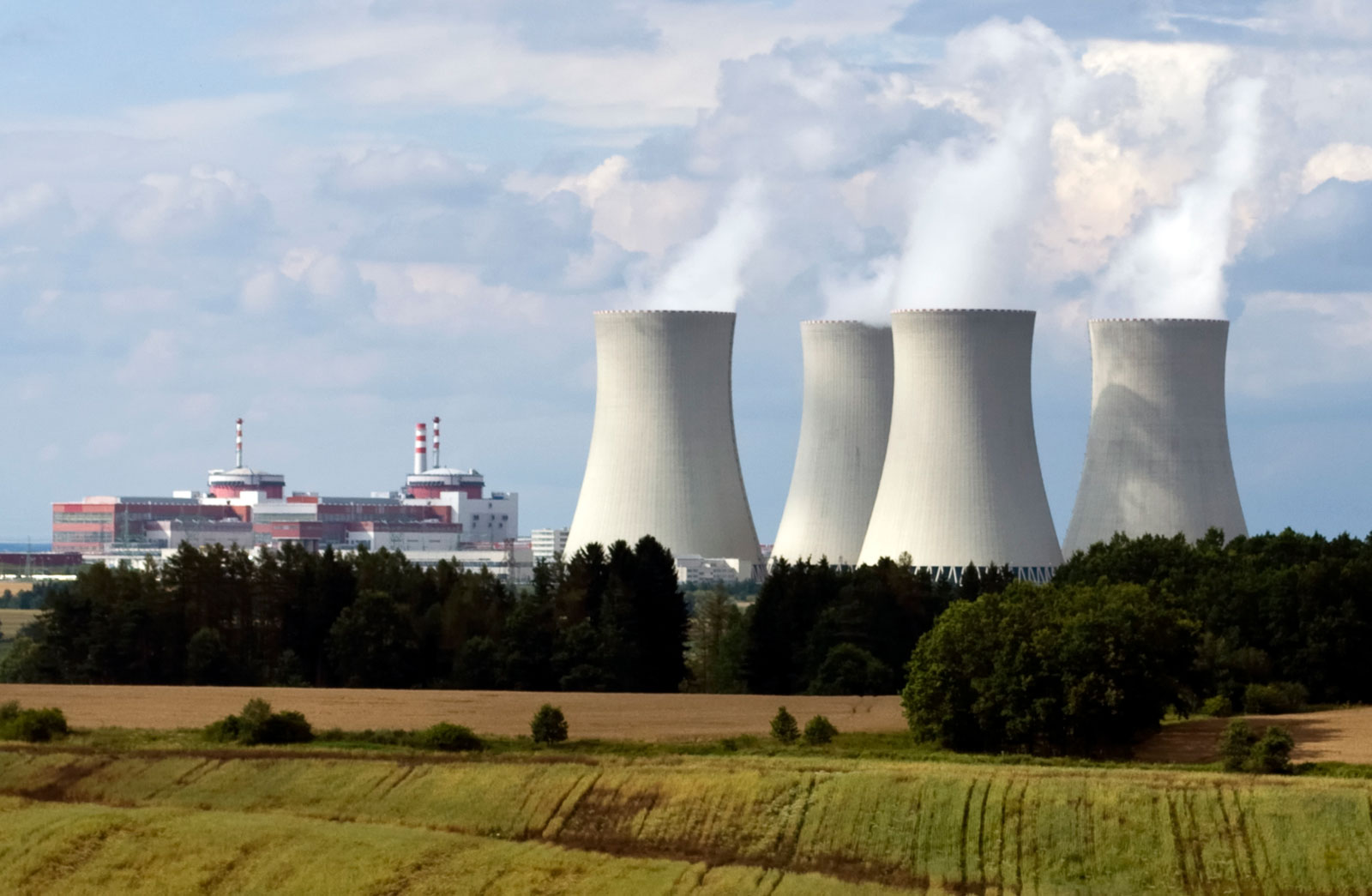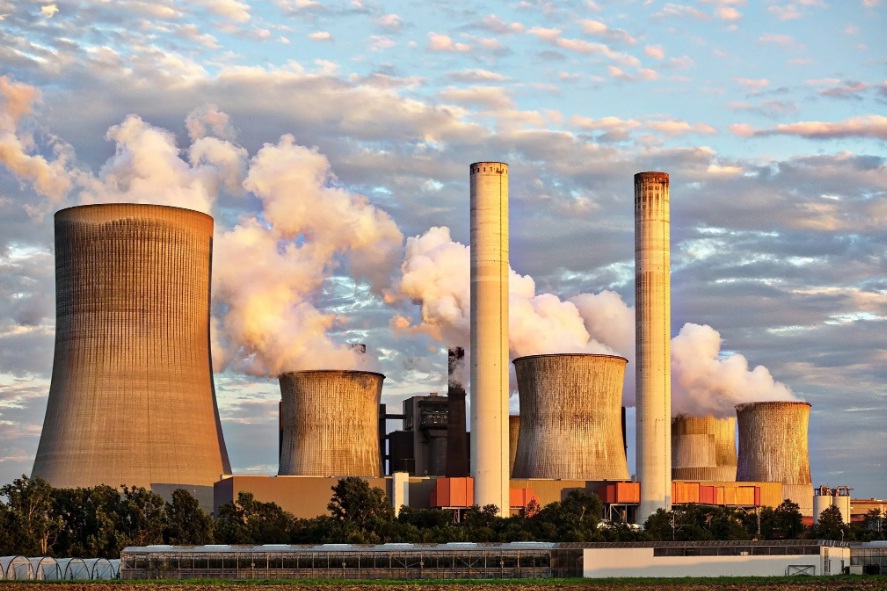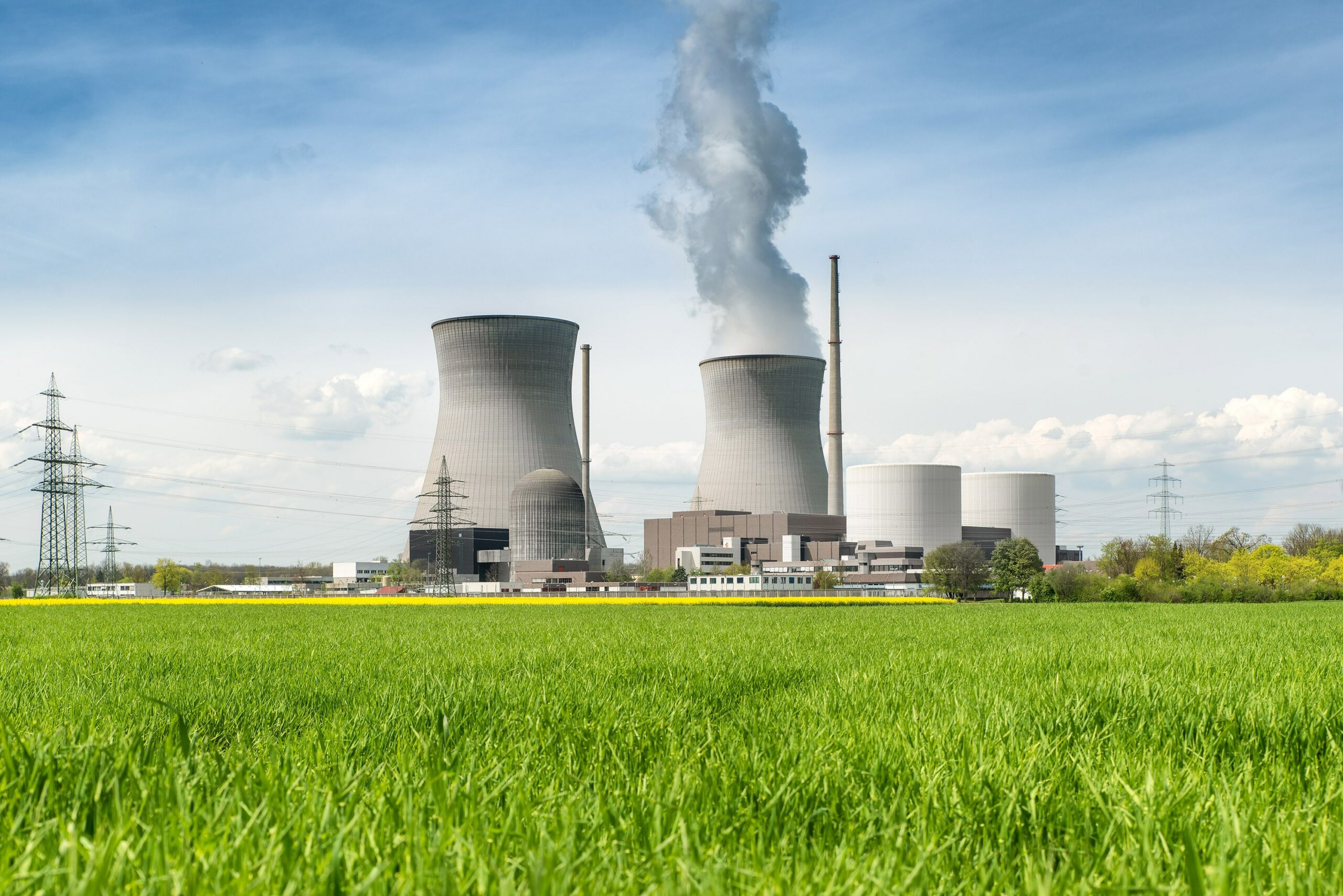Nuclear energy is a hot topic these days and many people believe that it is the ultimate cure for reducing greenhouse emissions. But is nuclear energy renewable? Whether nuclear power should be considered a form of renewable energy is an ongoing subject of debate. To understand the debate, we need to understand nuclear energy and how nuclear energy is produced, and to differentiate renewable energy vs. non-renewable energy, and to determine whether or not nuclear energy is a renewable source of energy. Follow this new blog in Linquip to find out more.
What Is Nuclear Energy?
Nuclear energy is the energy contained within the core or nucleus of an atom. Within this nucleus are protons which hold a positive electric charge, and electrons which hold a negative electric charge with bonds holding these particles together. When these bonds within the atom core are broken, through a process called nuclear fission, it produces a significant amount of energy we can use to produce electricity. The most common fuel used for nuclear fission in nuclear power plants is uranium. However, only a certain type of uranium (U-235) is suitable, and in some plants, plutonium is used instead.
Renewable Energy vs. Non-renewable Energy
Renewable energies generate from natural sources that can be replaced over a relatively short time scale. Examples of renewable energies include solar, wind, hydro, geothermal, and biomass. Nonrenewable energies come from resources that are not replaced or are replaced only very slowly by natural processes. The primary sources of nonrenewable energies in the world are fossil fuels, coal, gas, and oil.
Is Nuclear Energy Renewable?
The answer to this is both yes and no! This is because although the energy itself, produced by the nuclear power plants is renewable, the fuel used and required is not. Uranium is the preferred fuel for nuclear fission in nuclear power plants. However, only one certain type of uranium (U-235) is suitable for the process. Uranium is a very common metal in the world, but the required isotope is comparatively rare to find, making it a non-renewable fuel for the renewable energy it produces.
The steam produced by the plant and used to power the turbines and the generators is recycled, making the source of energy all the more renewable. The steam is cooled down in a cooling tower and turned back into the water, which can be used again in the nuclear fission process.
Nuclear fission involves splitting the large atomic nucleus of the uranium 235 into smaller nuclei, producing energy. Also being investigated in length is nuclear fusion, which involves the combining of two or more atomic nuclei to form one or more different atomic nuclei and subatomic particles, like neutrons and protons. These processes produce renewable energy, although the materials are not easily available.
Is Nuclear Energy Sustainable?
Overwhelmingly, nuclear energy is sustainable. Through the production of nuclear energy, the process produces clean energy and does not result in environmental pollution or the release of greenhouse gases. This makes energy more sustainable for the environment than fossil fuels.
The only by-product of the process is excess steam, which can simply be recycled into the atmosphere as clean water vapor. The biggest challenge which makes nuclear energy unsustainable at this particular minute is the fact that the uranium required is not readily available and even if it is, there is a human timescale on when it will be used up entirely
If the source of the uranium is changed, or if the science allows for nuclear fusion, we will be able to have a sustainable source of the raw material, thereby making the source of energy more sustainable.
Spring Power and Gas estimates that the remaining amounts of uranium in the world can serve us for the next 80 years, making nuclear energy sustainable and available to some generations to come. If we can turn nuclear fusion into a reality, the source of energy would be sustainable and able to sustain us for the foreseeable future.
Nuclear Energy Advantages
The advantages of nuclear energy are as follows.
1. It protects air quality
Nuclear energy results in zero emissions, making it a clean source of energy. The process sees uranium atoms split, producing energy, which then spins turbines generating electricity without the harmful by-products emitted by fossil fuels.
The Nuclear Energy Institute estimates that the US avoided more than 476 million metric tons of carbon dioxide emission in 2019, equivalent to removing 100 million cars from the roads. As such, nuclear energy helps in cleaning the air by removing tons of harmful air pollutants that lead to acid rain, smog, cardiovascular, and lung diseases.
2. It produces minimal waste
Nuclear energy is exceptionally dense at the amount 1 million times greater than that of traditional energy sources, making the amount of nuclear fuel used not as much as one would think. The waste from nuclear power plants is minimal, as much of it can be reprocessed and recycled, although the US does not do it. As such, producing nuclear fuel does little in damaging the environment.
3. Nuclear energy has a small footprint on the land
Nuclear energy produces more electricity on less land than any other clean air source. According to the Nuclear energy Institute, a 1000-MW nuclear facility needs just about one square mile to operate.
However, wind farms require 360 times more land area, while solar farms require 75 times more land area, to produce a similar amount of electricity. This means you need more than 3 million solar panels or 430 wind turbines (a capacity factor not included) to produce an equal amount of energy as a typical commercial reactor.
4. It has a higher energy density
Nuclear fission, the process by which nuclear energy is attained, produces much greater amounts of energy than burning fossil fuels like gas, coal, and oil. Nuclear fission is more efficient than producing energy through traditional fossil fuel means and as a result, it requires less fuel to power a nuclear energy power plant. This, therefore, creates less waste and has a lesser impact on the environment and economy.
Nuclear Energy Disadvantages
The disadvantages of nuclear energy are as follows.
1. It produces radioactive waste
After producing the energy required, the remaining materials are radioactive and need to be stored securely so that they do not pollute the environment. Radioactive waste from nuclear energy production is incredibly dangerous to land, human health, and other players in the environment. It is, therefore, the greatest challenge of these plants, to store such radioactive waste, as it cannot be destroyed. As such, they seal it securely in containers and keep it underground.
2. Dangerous accidents
Sometimes, some accidents affect these power plants and the securely stored nuclear waste, leading to dangerous results and long-term effects of radiation. The Chernobyl incident in April 1986, is considered the worst nuclear disaster in history and has killed thousands in indirect consequences such as thyroid cancers as well as other cancers. In March 2011, an earthquake hit Japan, destroying the Fukushima Daichi nuclear power plant and resulting in radiation leaks, deaths, and other serious effects.
3. Effects on the environment
Nuclear power plants have other effects on the environment, apart from the waste they produce. Mining the uranium is not done in an environmentally-friendly process and the open pits left behind after mining it, are dangerous for everyone.
The process also results in erosions, pollutes nearby sources of water, affects plants and crops, and severely affects miners and their general health due to the increased exposure to the radiation during extraction and processing.
4. The waste is forever
Although the waste might not be a lot, it is permanent, dangerous, and forever. It cannot be buried in landfills like any other waste and therefore requires technologies that manage it well.
So, now you know the answer to the question, “is nuclear energy renewable?”. If you enjoy this article in Linquip, let us know what you think by leaving a reply in the comment section. We will be more than glad to have your viewpoint on the article. Is there any question we can help you through? Feel free to sign up on our website where our experts are prepared to provide you with the most professional advice.
Buy Equipment or Ask for a Service
By using Linquip RFQ Service, you can expect to receive quotations from various suppliers across multiple industries and regions.
Click Here to Request a Quotation From Suppliers and Service Providers
Read More on Linquip
- More Informtion about Power Plant System
- More Details about Power Plant Generator
- More Details about Thermal Power Plant Generators
- Read More Information about Steam Power Plant Generators
- More Information about Nuclear Power Plant Generators
- Read More Information about Hydro Power Plant Generators
- See List of Siemens Generators Products
- Nuclear power plant diagram: A complete guide
- How Does a Nuclear Reactor Work? A Closer Look at the Working Principle of Nuclear Reactors
- Nuclear Power Advantages and Disadvantages: Comprehensive and Well-developed






